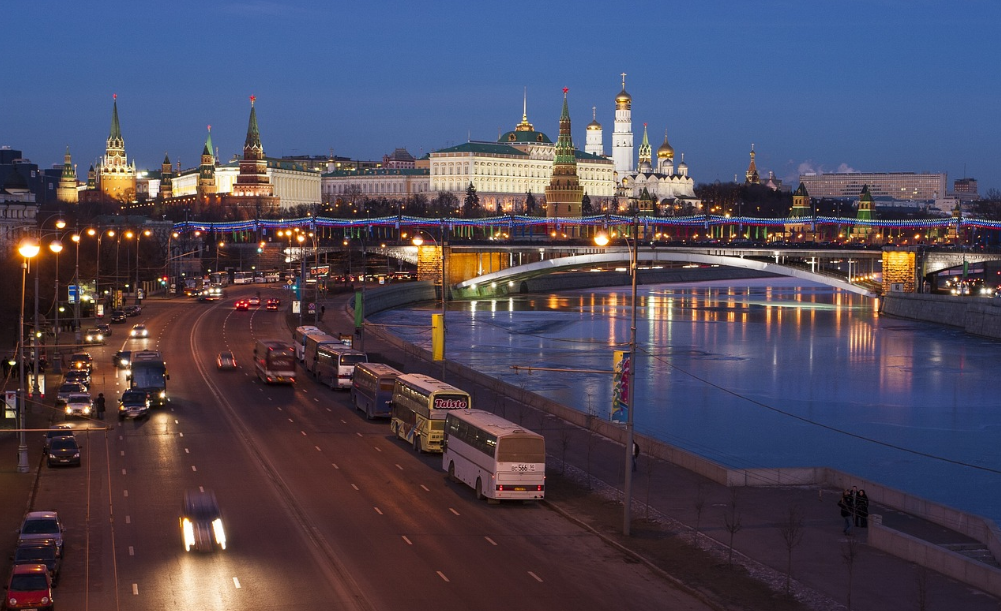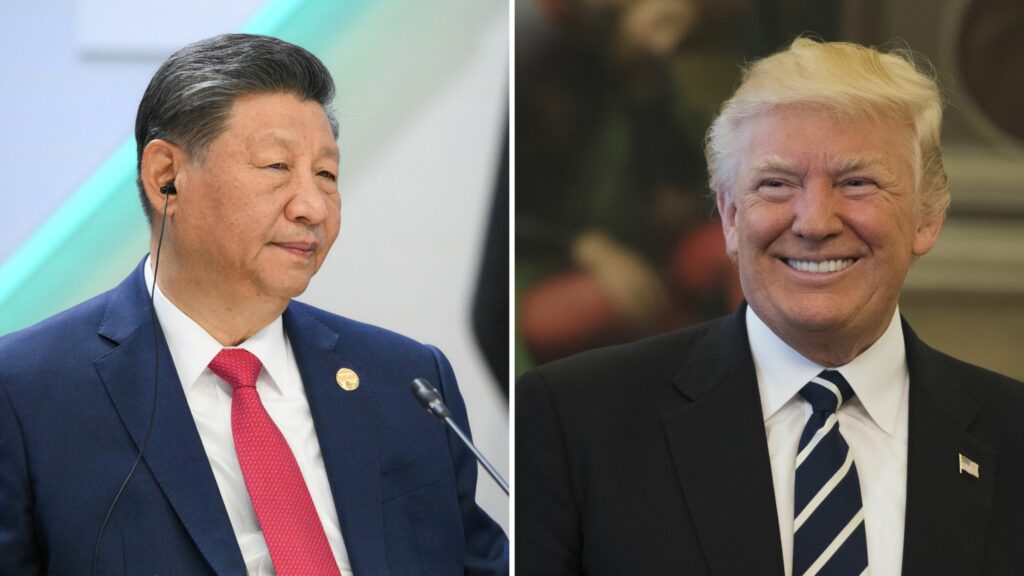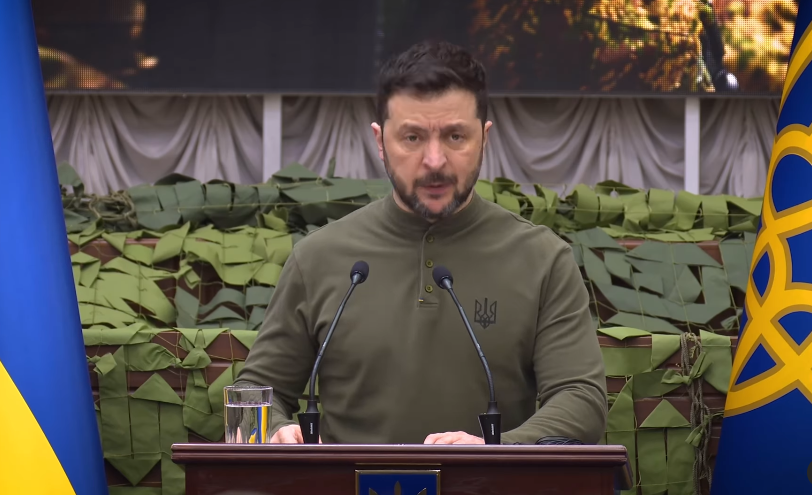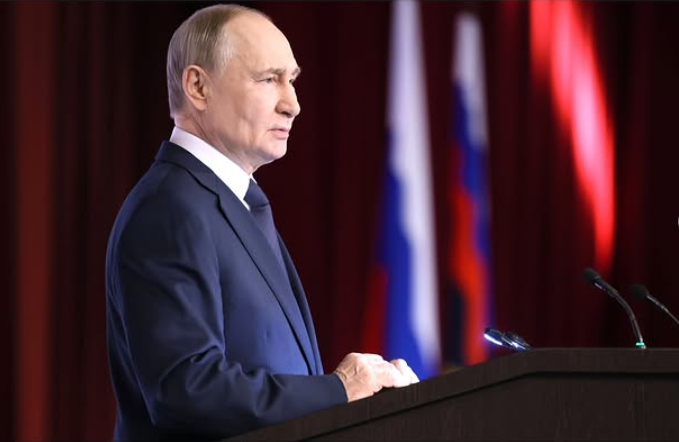After 200 speeches across eight days of debate, members of the House of Commons ignored the Prime Minister’s final pleas to support her plan and threw it out by 432 votes to 202.
The margin of defeat — greater than the previous record set in 1924 — means the Prime Minister now faces a deep political crisis with no clear way forward.
The opposition Labour party immediately triggered a vote of no-confidence in May’s government, hoping to capitalize on a perilous moment to force a general election. Acknowledging the scale of the defeat, the Prime Minister said she would allow time for the House of Commons to debate the motion on Wednesday.
Corbyn called the defeat “catastrophic” and said a vote of no-confidence would allow the House of Commons to “give its verdict on the sheer incompetence of this government.”
But May urged lawmakers to listen to the British citizens who voted to leave the EU. “I ask members on all sides of the house to listen to the British people, who want this issue settled, and to work with the government to do just that,” May said.
What happens now?
May now has 24 hours to save her government. If she loses the vote of no-confidence, it makes a general election more likely.
If she survives, however, May said she would follow a two-stage process to break the Brexit impasse. First, she offered cross-party talks with lawmakers as an attempt to try and figure out a way forward. May promised the government would approach those talks in a “constructive” manner.
Then, if a consensus emerges, she would take a revised plan to the European Union.
But there isn’t much time: Britain is due to leave the EU on March 29, whether a deal is in place or not. “Every day that passes without this issue being resolved means more uncertainty, more bitterness and more rancor,” May said.
It seems likely that May will survive the confidence vote. The Democratic Unionist Party (DUP) — the Northern Irish party that props up May’s minority government — said it would work with the Prime Minister to secure a better deal.
DUP leader Arlene Foster welcomed Tuesday’s vote, saying the UK parliament had “acted in the best interests of the entire United Kingdom.”
Foster added: “Whilst some may wish to use this defeat to boost their political ambitions, we will give the government the space to set out a plan to secure a better deal.”
European response
Moments after the vote, European Council President Donald Tusk demanded the UK “clarify its intentions” on its plan “as soon as possible.”
In a statement, Tusk said: “We will continue our preparations for all outcomes, including a no-deal scenario. The risk of a disorderly exit has increased with this vote and, while we do not want this to happen, we will be prepared for it.”
In a tweet, Tusk also pointed out that the UK could unilaterally withdraw its notification to leave the EU: “If a deal is impossible, and no one wants no deal, then who will finally have the courage to say what the only positive solution is?”
President of the European Commission, Jean-Claude Juncker, also warned of the ticking clock. “I take note with regret of the outcome of the vote in the House of Commons this evening. I urge the UK to clarify its intentions as soon as possible. Time is almost up,” Juncker wrote.
How the UK got here
Tuesday night’s vote was the product of more than two and a half years of negotiations, after 51.9% of British people voted to leave the EU in 2016. And with just 73 days left before the country is due to leave the EU, the UK is no closer to knowing will happen post-March 29.
Inconveniently for May, untangling a 45-year marriage was not as easy as some Brexiteers claimed it would be. Particularly when it comes to the contentious Irish backstop — an insurance policy to prevent a hard border in Ireland — which has been a thorn in the side of May’s deal.
May’s defeat seemed inevitable since she secured the withdrawal agreement in Brussels in November. Lawmakers were supposed to vote on her deal in December but the process was thrown into disarray after May pulled the plug on the parliamentary vote and delayed it until now. She admitted her decision to delay it in December was made after it became clear she would lose it “by a significant margin.”
May’s biggest challenge came from hardline pro-Brexit lawmakers within her own Conservative party — their opposition to what they see as an overly soft exit has dogged her deal from the start.
Going forward, possible scenarios for the UK include an attempted (but probably doomed) renegotiation with the EU by May, extending the article 50 process, a collapse of the Conservative government and a general election, a change of prime minister, a second EU referendum, scrapping Brexit altogether, or crashing out of the EU with a no-deal.








Leave a Reply